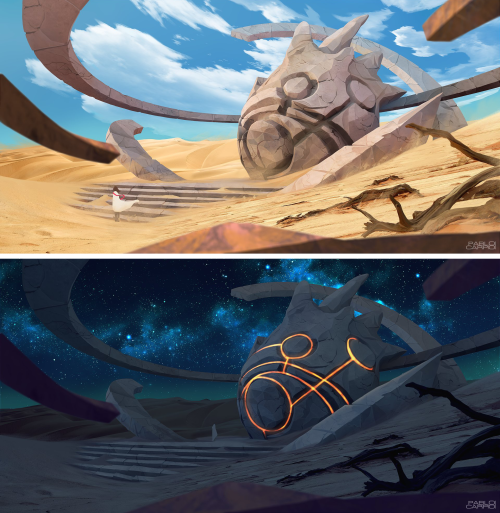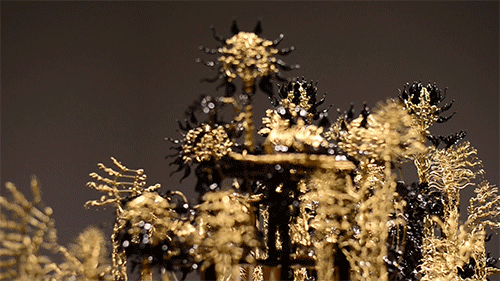When I Was Beginning To Discover Languages, I Had A Romanticized View Of Words Like “speak” And “fluency”.
When I was beginning to discover languages, I had a romanticized view of words like “speak” and “fluency”. But then I realized that you can be nominally fluent in a language and still struggle to understand parts of it. English is my first language, but what I really spoke was a hybrid of teenage slang and Manhattan-ese. When I listen to my father, a lawyer, talk to other lawyers, his words sound as foreign to me as Finnish. I certainly couldn’t read Shakespeare without a dictionary, and I’d be equally helpless in a room with Jamaicans or Cajuns. Yet all of us “speak English.” My linguistics teacher, a native of Poland, speaks better English than I do and seems right at home peppering his speech with terms like “epenthetic schwa” and “voiceless alveolar stops”. Yet the other day, it came up that he’d never heard the word “tethered”. Does that mean he doesn’t “speak” English? If the standard of speaking a language is to know every word — to feel equally at home debating nuclear fission and classical music — then hardly anyone is fluent in their own native tongues.
Tim Doner (
x
(via laurencombeferre)
More Posts from Othermanymore and Others

Tellurium
Locality:
Faţa Băii (Facebánya; Facebay; Fatiabaja), Zlatna (Zalatna; Zalathna), Alba Co., Romania
Stephan Wolfsried’s Photo
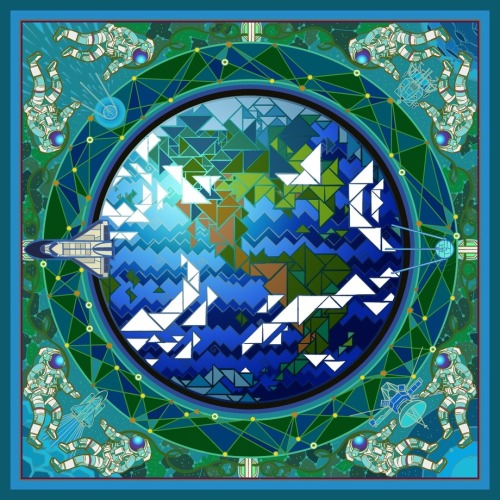




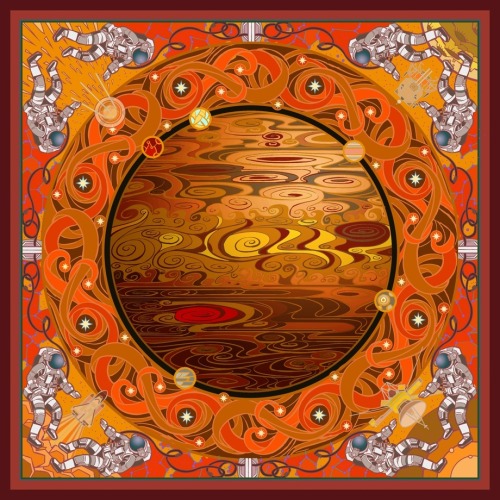
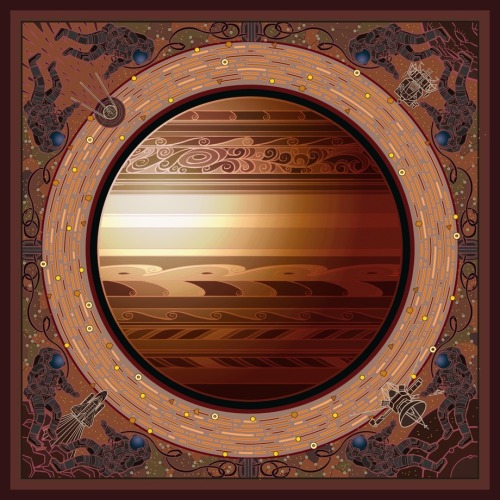



Solar System by Jian Guo on inprnt
See more illustration
So Super Awesome is also on Facebook, Pinterest and Instagram



Ernst Chladni
Klangfiguren, 1787
One of Chladni’s best-known achievements was inventing a technique to show the various modes of vibration of a rigid surface. First published in 1787 in his book Entdeckungen über die Theorie des Klanges, the technique consists of drawing a bow over a (circular, square, or rectangular) plate or membrane whose surface is lightly covered with sand. When stroked, a given plate will resonate at one of its natural frequencies. The sand bounces about on the plate until settling at nodal points (areas of zero movement) thereby producing intricate patterns. These patterns are now called Chladni figures.
Die Akustic, 1802
Nodal lines of vibrating circular or polygonal plates, acording to Chladni and Savart. The breakthrough work acquired a status of foundational work of a new scientific field and earned him a title of “father of acoustics”. It was the first systematic description of the vibrations of elastic bodies. see the full archive on geometrymatters.com
![Jotaro Saito Kimono Fashion [D]](https://64.media.tumblr.com/20f98d565b5f955c0f131aece81d779c/tumblr_oi0rko65nh1ri6x74o1_500.jpg)
![Jotaro Saito Kimono Fashion [D]](https://64.media.tumblr.com/04e9718e2c8997a46c4e8ac0f5cd3ece/tumblr_oi0rko65nh1ri6x74o2_500.jpg)
![Jotaro Saito Kimono Fashion [D]](https://64.media.tumblr.com/0496f8ef9241903f727325ac80f994d8/tumblr_oi0rko65nh1ri6x74o3_500.jpg)
![Jotaro Saito Kimono Fashion [D]](https://64.media.tumblr.com/6015b5229feae8c79c0bf606f72b2f65/tumblr_oi0rko65nh1ri6x74o4_500.jpg)
![Jotaro Saito Kimono Fashion [D]](https://64.media.tumblr.com/302925695588fc1c38ee09b3825099f6/tumblr_oi0rko65nh1ri6x74o5_500.jpg)
![Jotaro Saito Kimono Fashion [D]](https://64.media.tumblr.com/f13c7ebff68709dd6094baa67cc274e7/tumblr_oi0rko65nh1ri6x74o6_500.jpg)
Jotaro Saito kimono fashion [D]
-
 themaritimes liked this · 2 months ago
themaritimes liked this · 2 months ago -
 ineedtocommunicate reblogged this · 3 months ago
ineedtocommunicate reblogged this · 3 months ago -
 schniggles liked this · 5 months ago
schniggles liked this · 5 months ago -
 skeletondragon reblogged this · 5 months ago
skeletondragon reblogged this · 5 months ago -
 quadport liked this · 6 months ago
quadport liked this · 6 months ago -
 vegetus-vox liked this · 6 months ago
vegetus-vox liked this · 6 months ago -
 frizox reblogged this · 7 months ago
frizox reblogged this · 7 months ago -
 alicedyers liked this · 1 year ago
alicedyers liked this · 1 year ago -
 them-jules reblogged this · 1 year ago
them-jules reblogged this · 1 year ago -
 them-jules liked this · 1 year ago
them-jules liked this · 1 year ago -
 helle-bored reblogged this · 1 year ago
helle-bored reblogged this · 1 year ago -
 scarlettmarieharbor liked this · 1 year ago
scarlettmarieharbor liked this · 1 year ago -
 marigtan liked this · 1 year ago
marigtan liked this · 1 year ago -
 marigtan reblogged this · 1 year ago
marigtan reblogged this · 1 year ago -
 marzipanilla reblogged this · 1 year ago
marzipanilla reblogged this · 1 year ago -
 margotgrissom reblogged this · 1 year ago
margotgrissom reblogged this · 1 year ago -
 moodysasuke liked this · 1 year ago
moodysasuke liked this · 1 year ago -
 pogrzeb-serc reblogged this · 1 year ago
pogrzeb-serc reblogged this · 1 year ago -
 princesscedar reblogged this · 1 year ago
princesscedar reblogged this · 1 year ago -
 rhamnous liked this · 1 year ago
rhamnous liked this · 1 year ago -
 mob100 liked this · 1 year ago
mob100 liked this · 1 year ago -
 t-dx reblogged this · 1 year ago
t-dx reblogged this · 1 year ago -
 holandies reblogged this · 1 year ago
holandies reblogged this · 1 year ago -
 ernest-frankenstein reblogged this · 1 year ago
ernest-frankenstein reblogged this · 1 year ago -
 milfdarthrevan reblogged this · 1 year ago
milfdarthrevan reblogged this · 1 year ago -
 steedsy reblogged this · 1 year ago
steedsy reblogged this · 1 year ago -
 thegreatzeldini reblogged this · 1 year ago
thegreatzeldini reblogged this · 1 year ago -
 jugayism liked this · 1 year ago
jugayism liked this · 1 year ago -
 aguineapig liked this · 1 year ago
aguineapig liked this · 1 year ago -
 themechanicsnightmare reblogged this · 1 year ago
themechanicsnightmare reblogged this · 1 year ago -
 sassyserialshipper reblogged this · 1 year ago
sassyserialshipper reblogged this · 1 year ago -
 sassyserialshipper liked this · 1 year ago
sassyserialshipper liked this · 1 year ago -
 take-cara-yourself reblogged this · 1 year ago
take-cara-yourself reblogged this · 1 year ago -
 lonelylikeuhsatellite liked this · 1 year ago
lonelylikeuhsatellite liked this · 1 year ago -
 milkmaidmilf reblogged this · 1 year ago
milkmaidmilf reblogged this · 1 year ago -
 milkmaidmilf liked this · 1 year ago
milkmaidmilf liked this · 1 year ago -
 choosingthelabrynth reblogged this · 1 year ago
choosingthelabrynth reblogged this · 1 year ago -
 livinginfictions reblogged this · 1 year ago
livinginfictions reblogged this · 1 year ago -
 livinginfictions liked this · 1 year ago
livinginfictions liked this · 1 year ago -
 portly-pachyderm reblogged this · 1 year ago
portly-pachyderm reblogged this · 1 year ago -
 cowardlypenis reblogged this · 1 year ago
cowardlypenis reblogged this · 1 year ago -
 seaflying-fliptuna liked this · 1 year ago
seaflying-fliptuna liked this · 1 year ago -
 the0garden0of0eyes reblogged this · 1 year ago
the0garden0of0eyes reblogged this · 1 year ago -
 sweetsosos reblogged this · 1 year ago
sweetsosos reblogged this · 1 year ago -
 lasagnacake reblogged this · 1 year ago
lasagnacake reblogged this · 1 year ago -
 polyphylactery liked this · 1 year ago
polyphylactery liked this · 1 year ago


